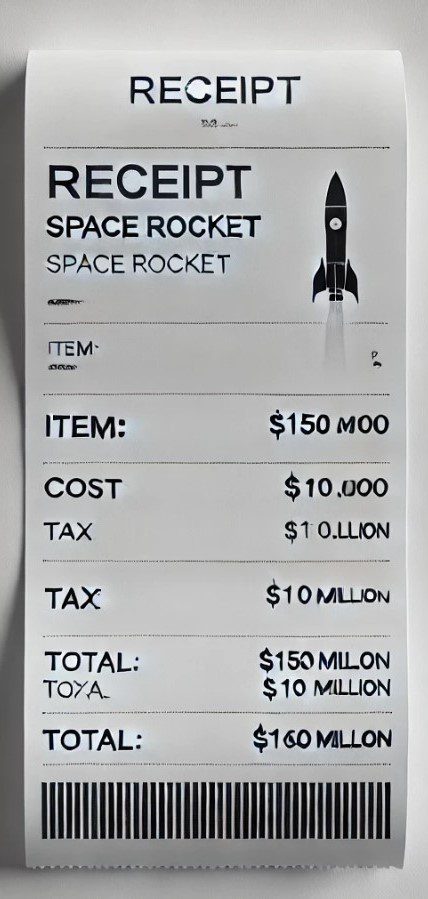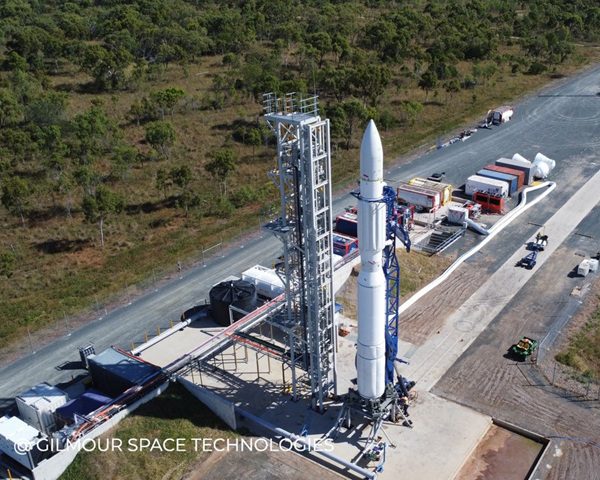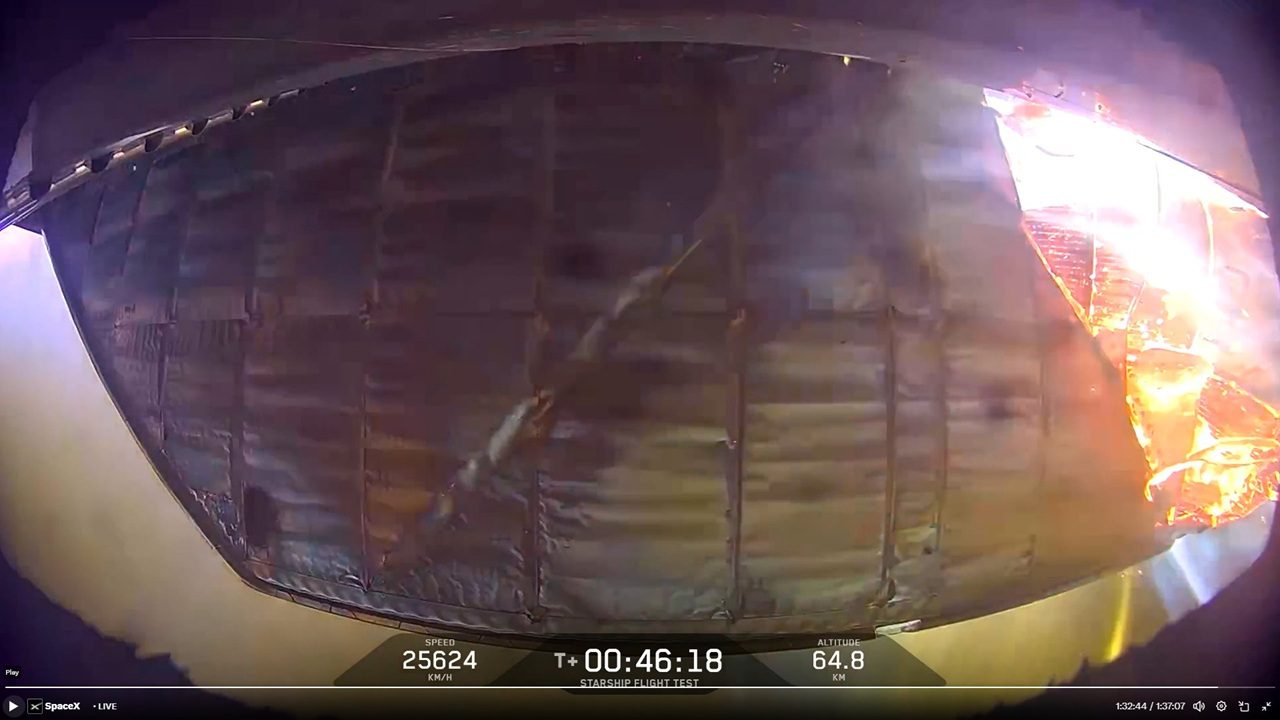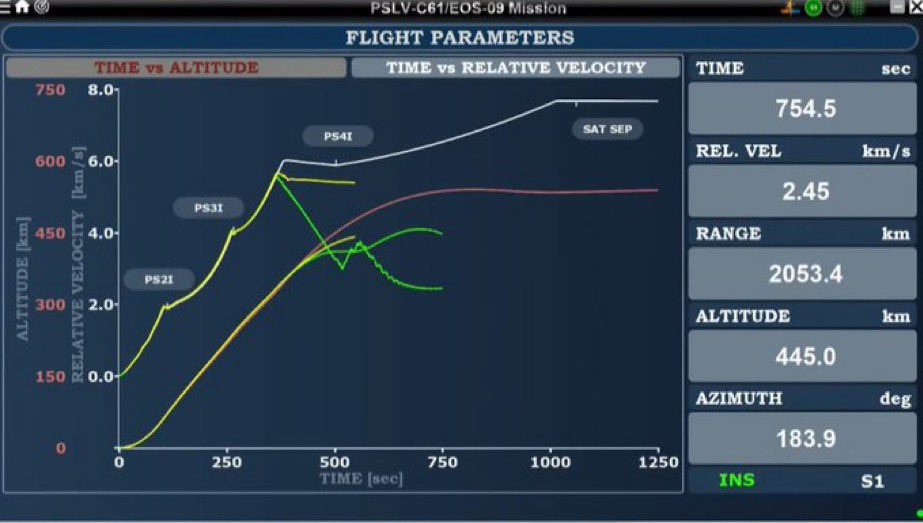The newest, and probably final, version of the Russian Proton M Breeze M launch vehicle had a 0710 GMT launch from the Baikonur launch site near Tyuratam, Kazakhstan on 9 June 2016. On board was the Intelsat 31 commercial communications spacecraft. Not everything went to plan, however, with the Phase 4 version. The launch was a success but one of the second stage’s four engines shut down nine seconds prematurely, jeopardising the orbital injection. There are also unconfirmed reports that the first stage dropped short of its intended impact zone, suggesting an underperformance of first stage as well. Nevertheless, the Breeze-M upper stage was able to make up for the earlier stage performance shortfall by making its firing 30 seconds longer than normal to achieve a stable parking orbit.

All the first stage engines worked (unlike on the second stage) on the Proton M Breeze M launch of Intelsat 31. Courtesy: Roscosmos
The lift-off, in the colours of International Launch Services (ILS), the main marketing arm of Proton’s manufacturer Khrunichev, marked the first launch of the improved Phase 4 version of Proton M. It employs an enhanced Breeze M upper stage along with new lightweight composite materials on the second and third-stage structures and on the fairing, so that it can carry an extra 150 kg into a GTO (Geosynchronous Transfer Orbit). A series of evolutionary structural and engine changes have improved Proton M Breeze M’s GTO payload from the 5000 kg of the initial version to 6300 kg in this final, Phase 4 version.
The flight more or less achieved its targeted 65,000 km apogee super-synchronous transfer orbit (64,964 x 3,428 km at an inclination of 29.53 degrees) employing a five-burn use of Breeze M, and none of the spacecraft’s design lifespan will be lost for corrections.
The launch, which had been delayed by a connector issue between the launch vehicle and the pad power system, set out to place the Intelsat 31 spacecraft into a super-synchronous transfer orbit on its way to its geostationary operating position. This launch’s final aim was a 65,000 km apogee super-synchronous transfer orbit, which could replace the standard GTO to offer a more efficient opportunity for the satellite to make an inclination change at its much higher apogee.
While the Intelsat 31 (IS-31) spacecraft is primarily for use by Intelsat, the satellite is carrying a Ku-band payload to provide television services to Latin America for the DirecTV service.







